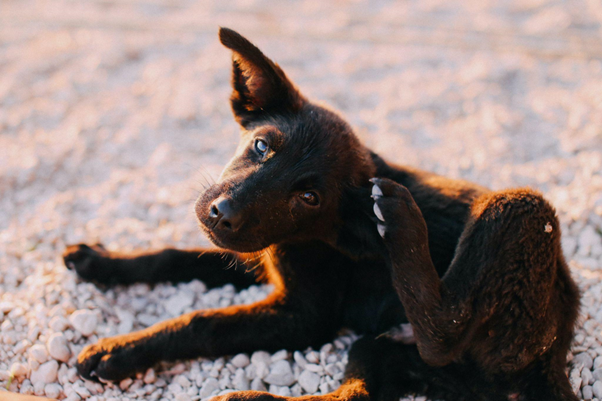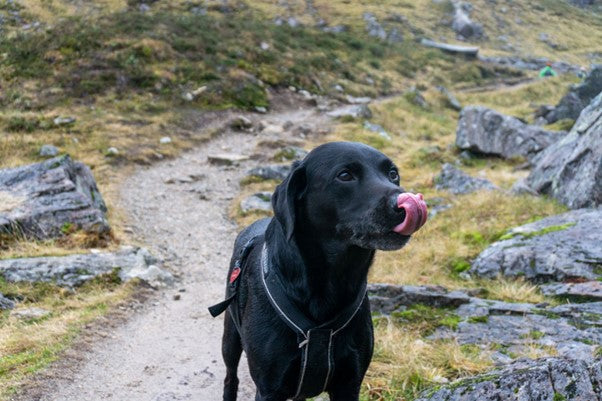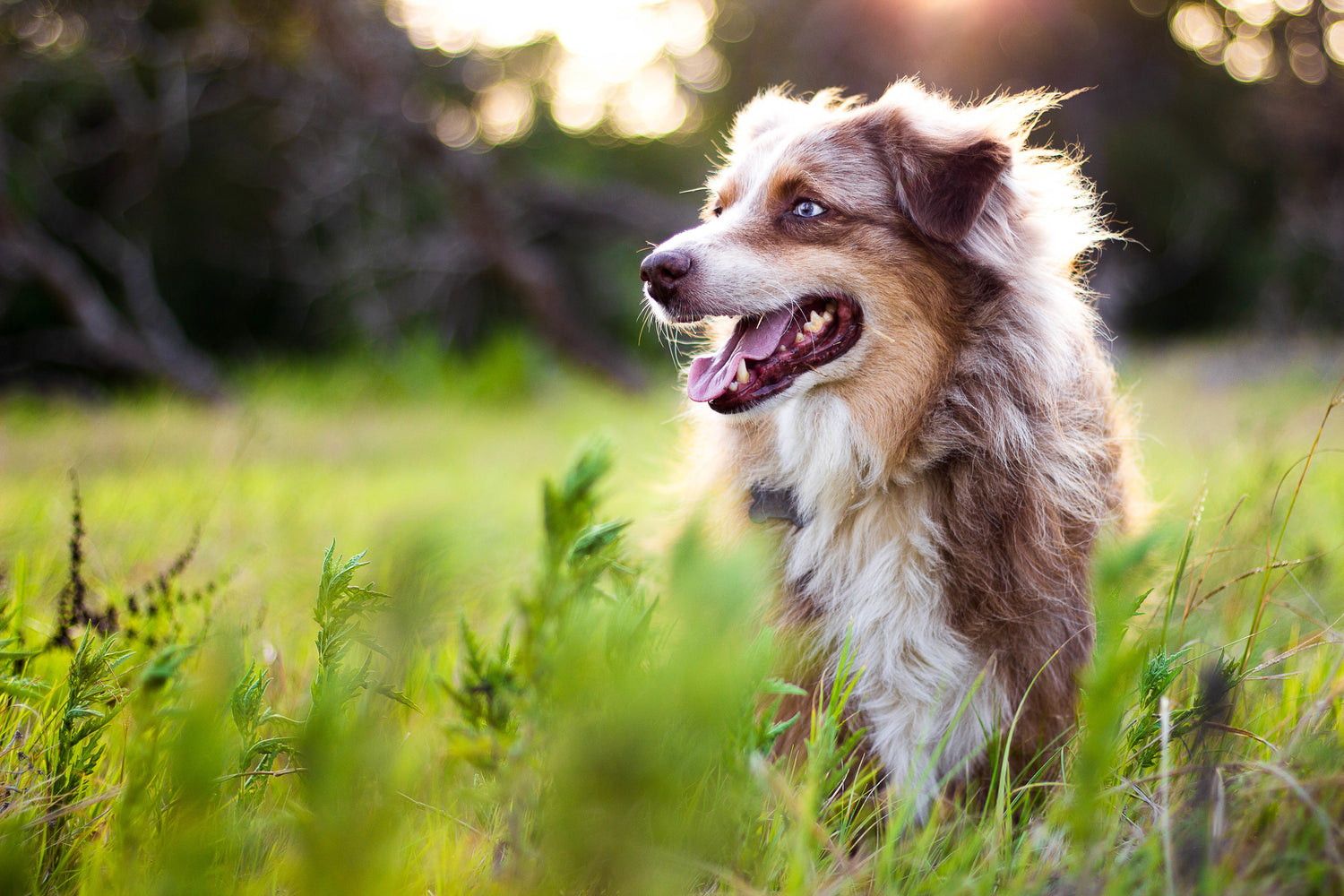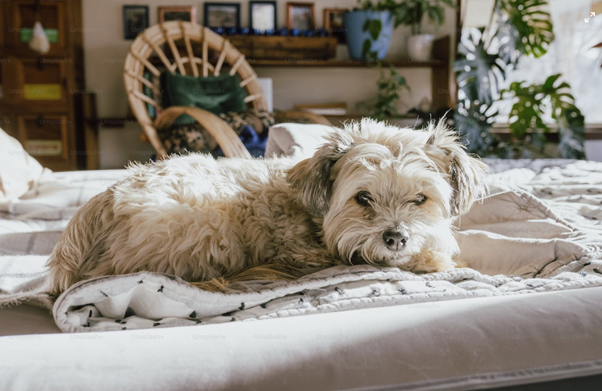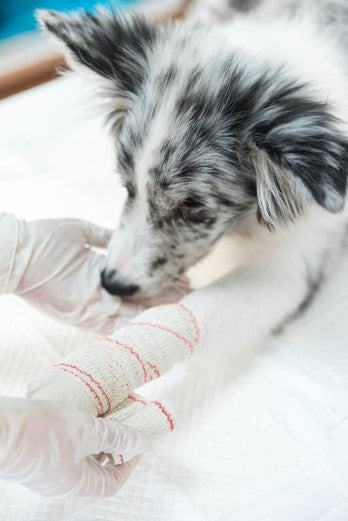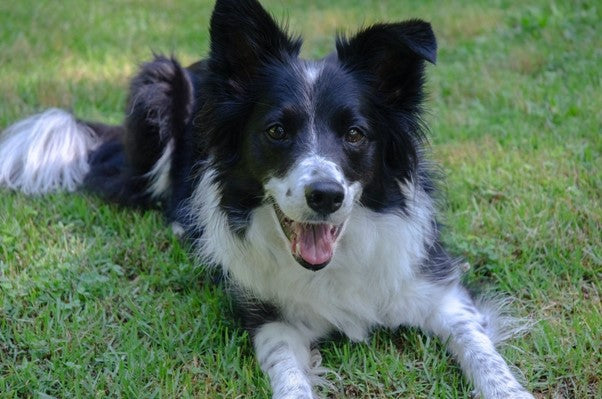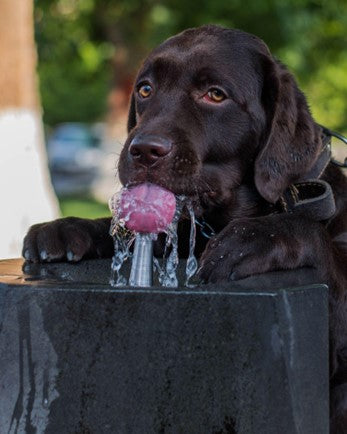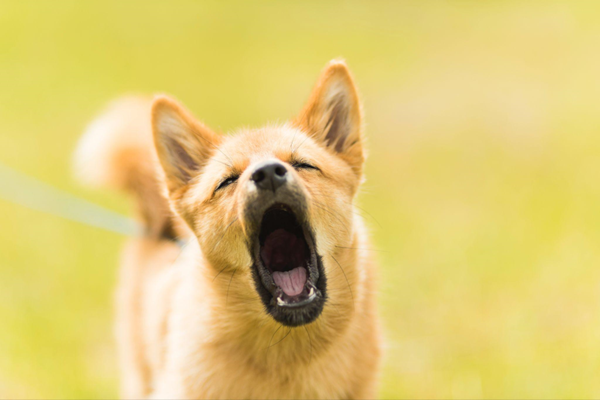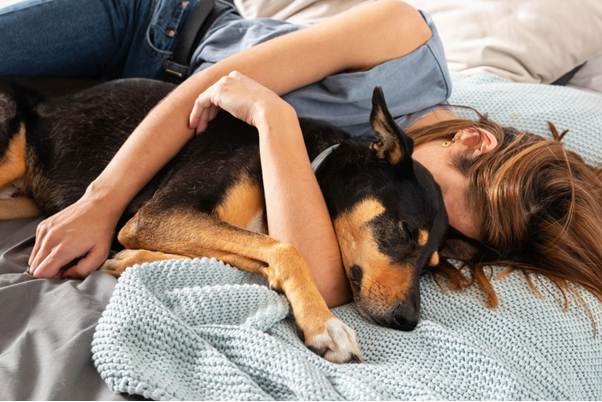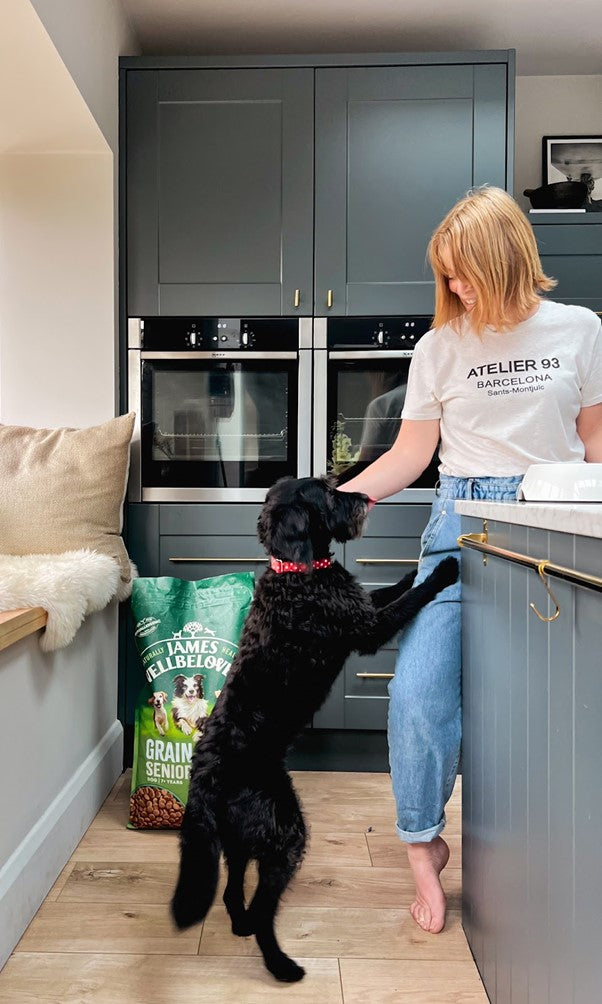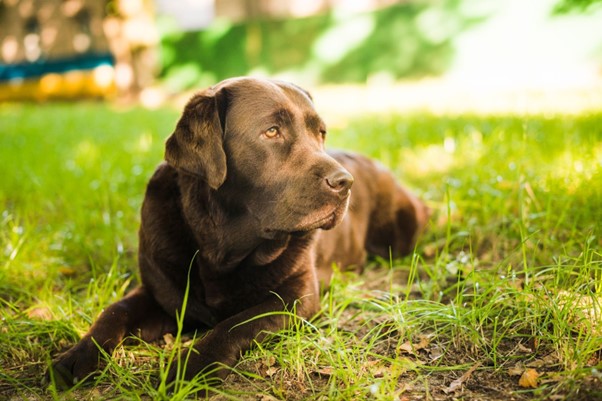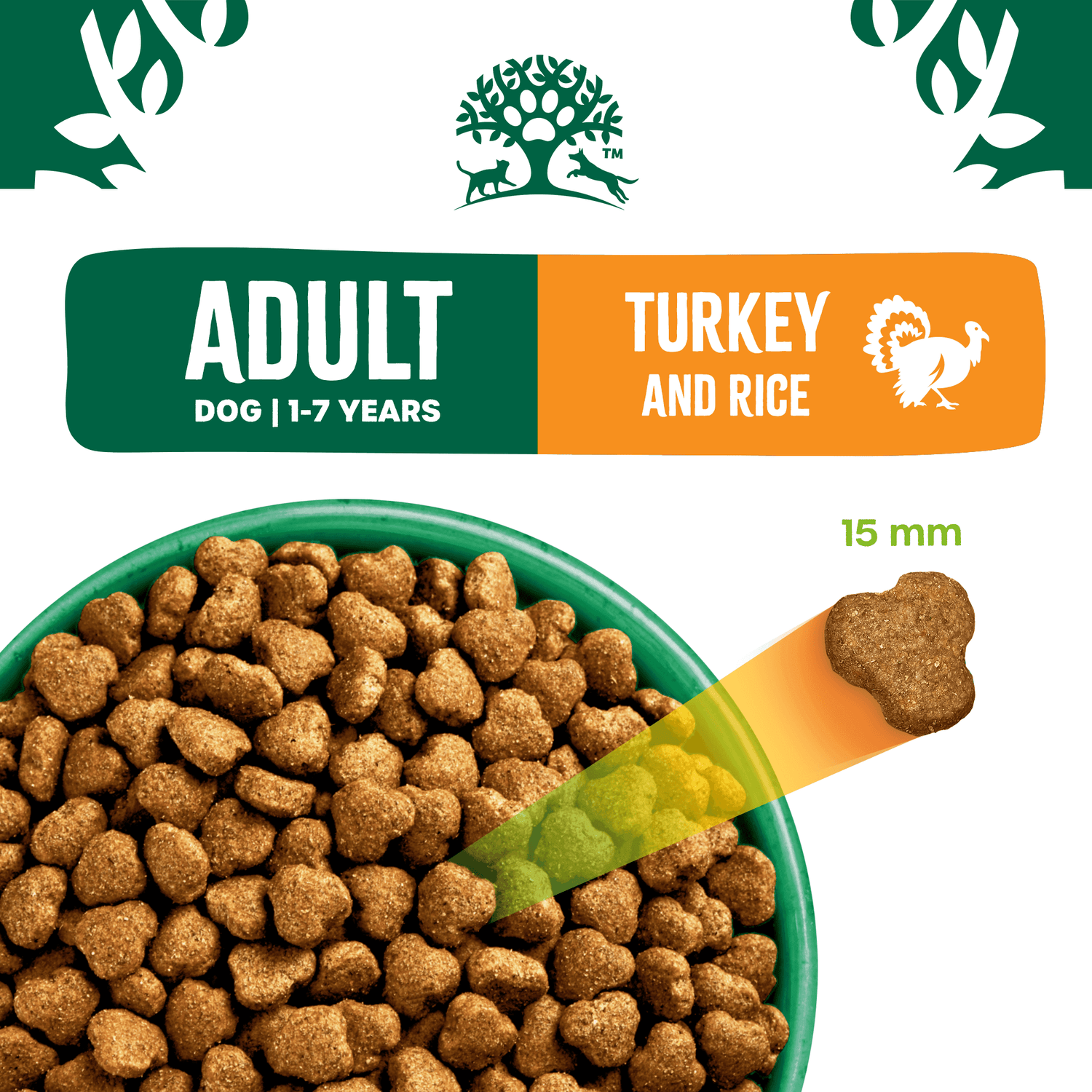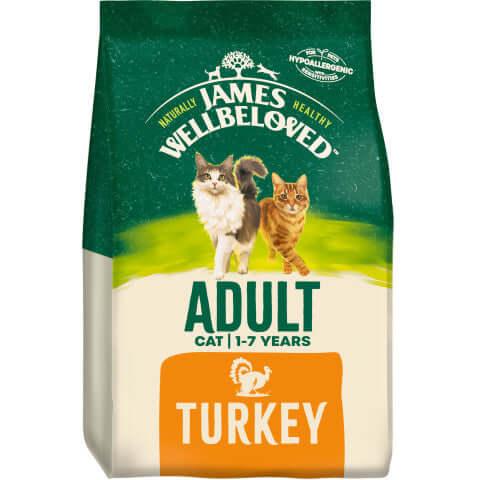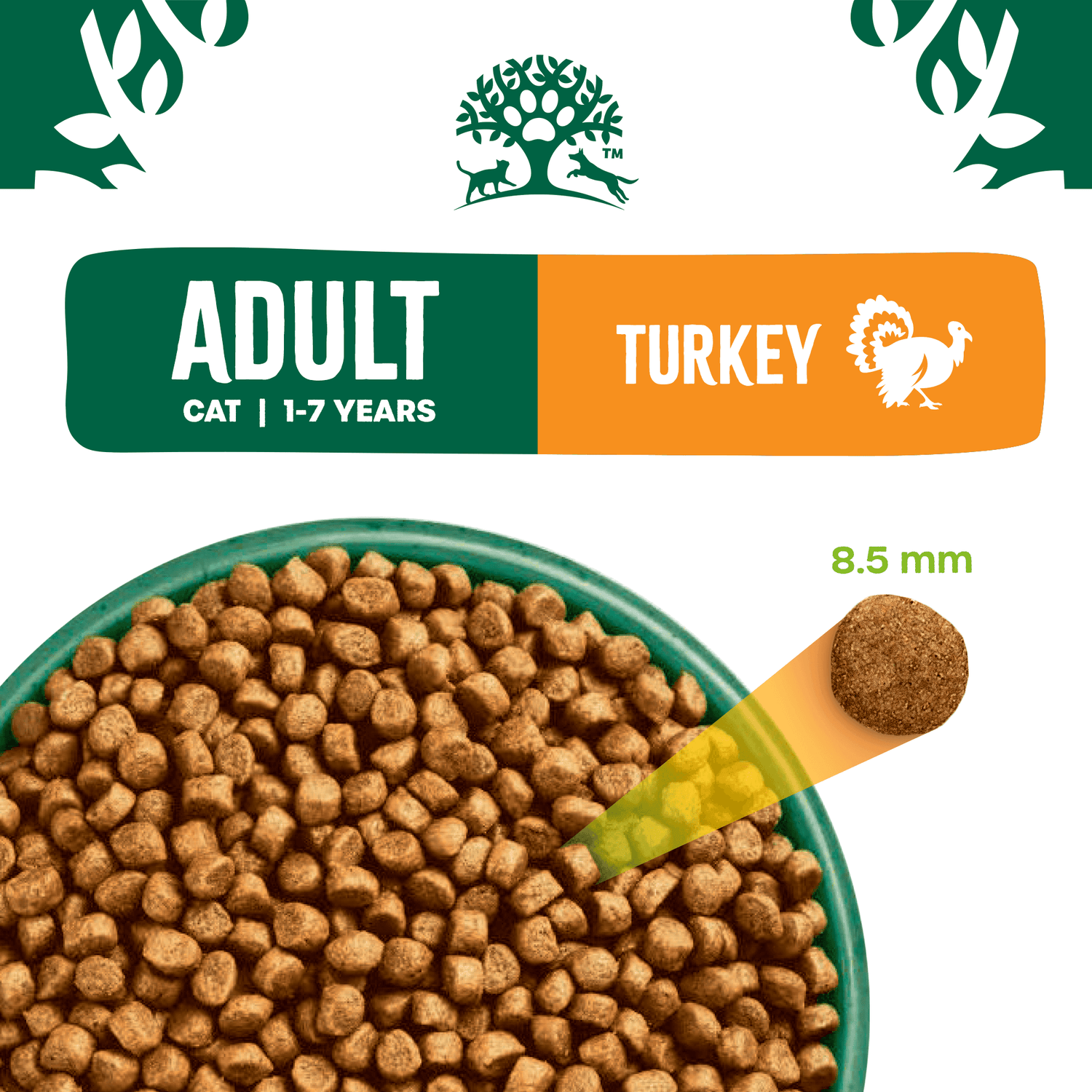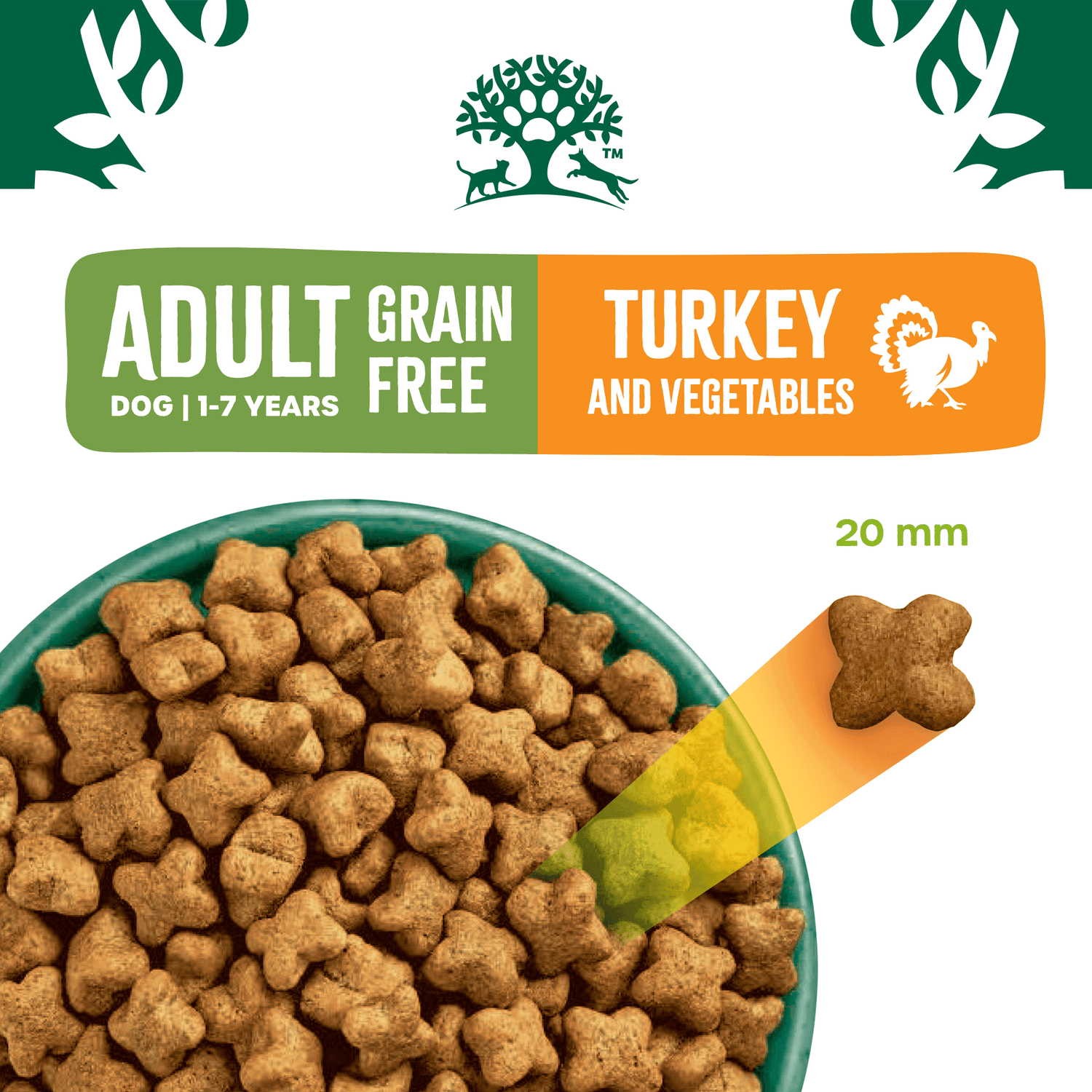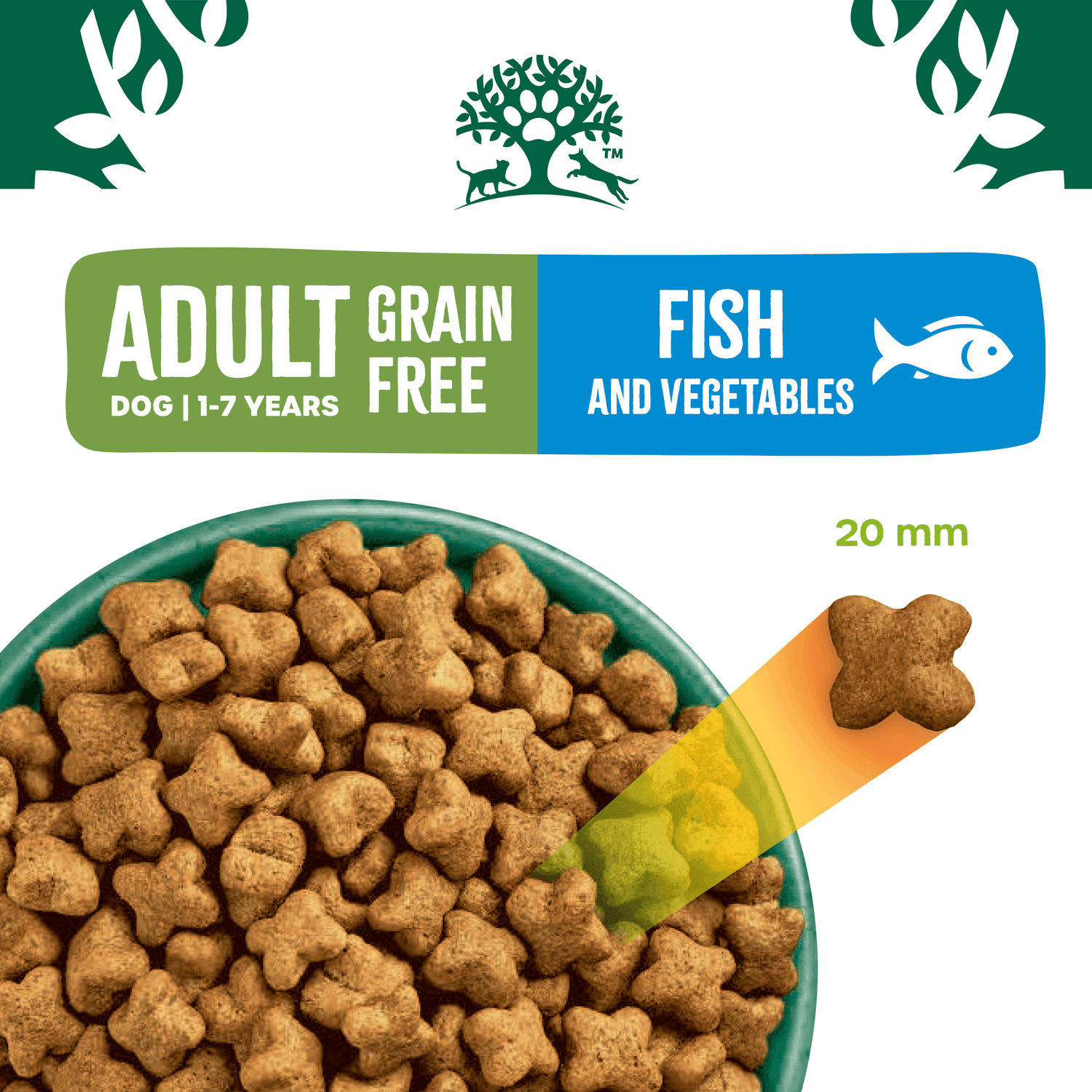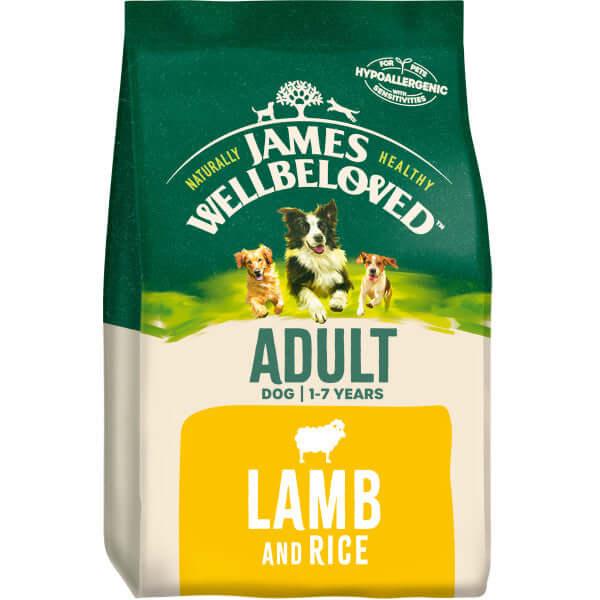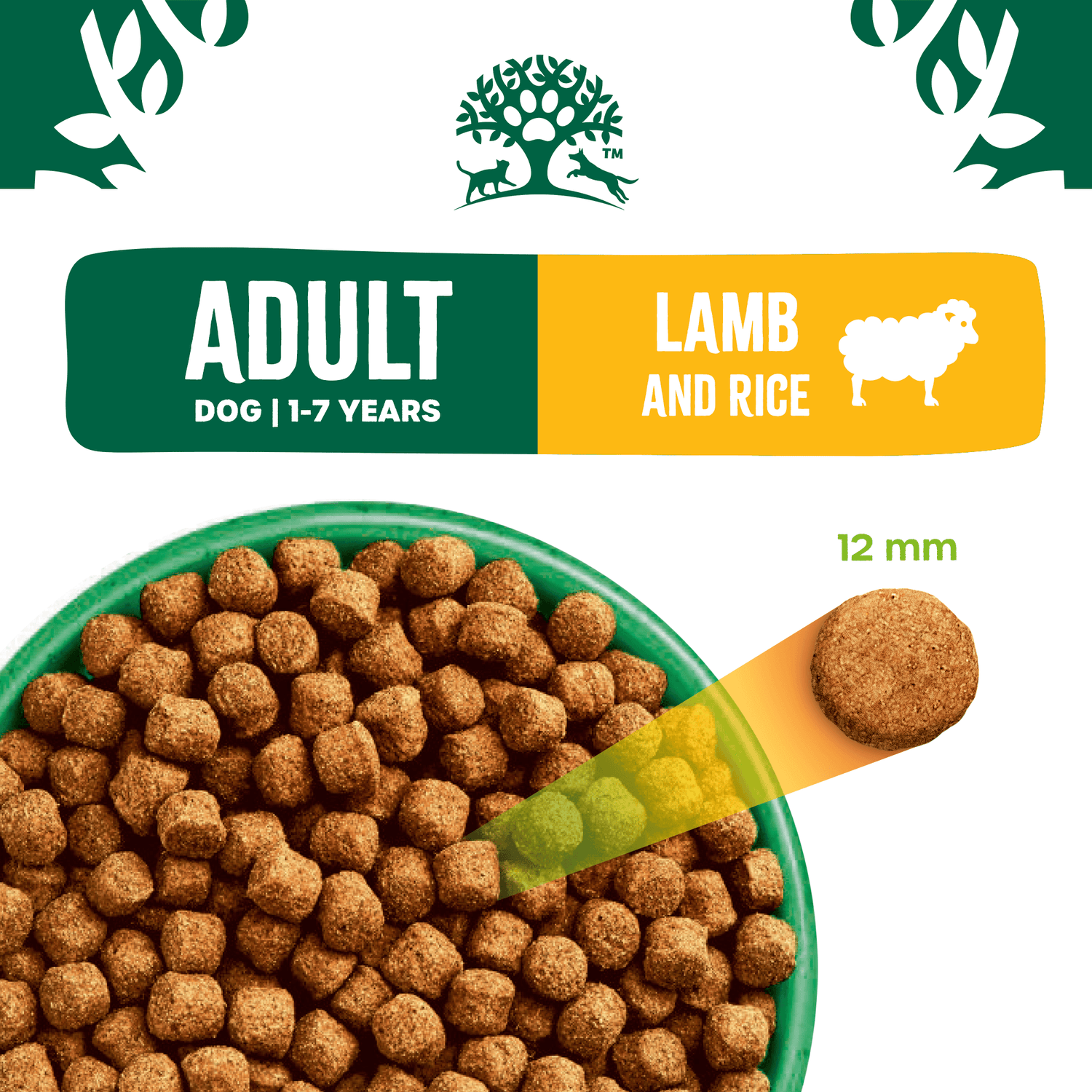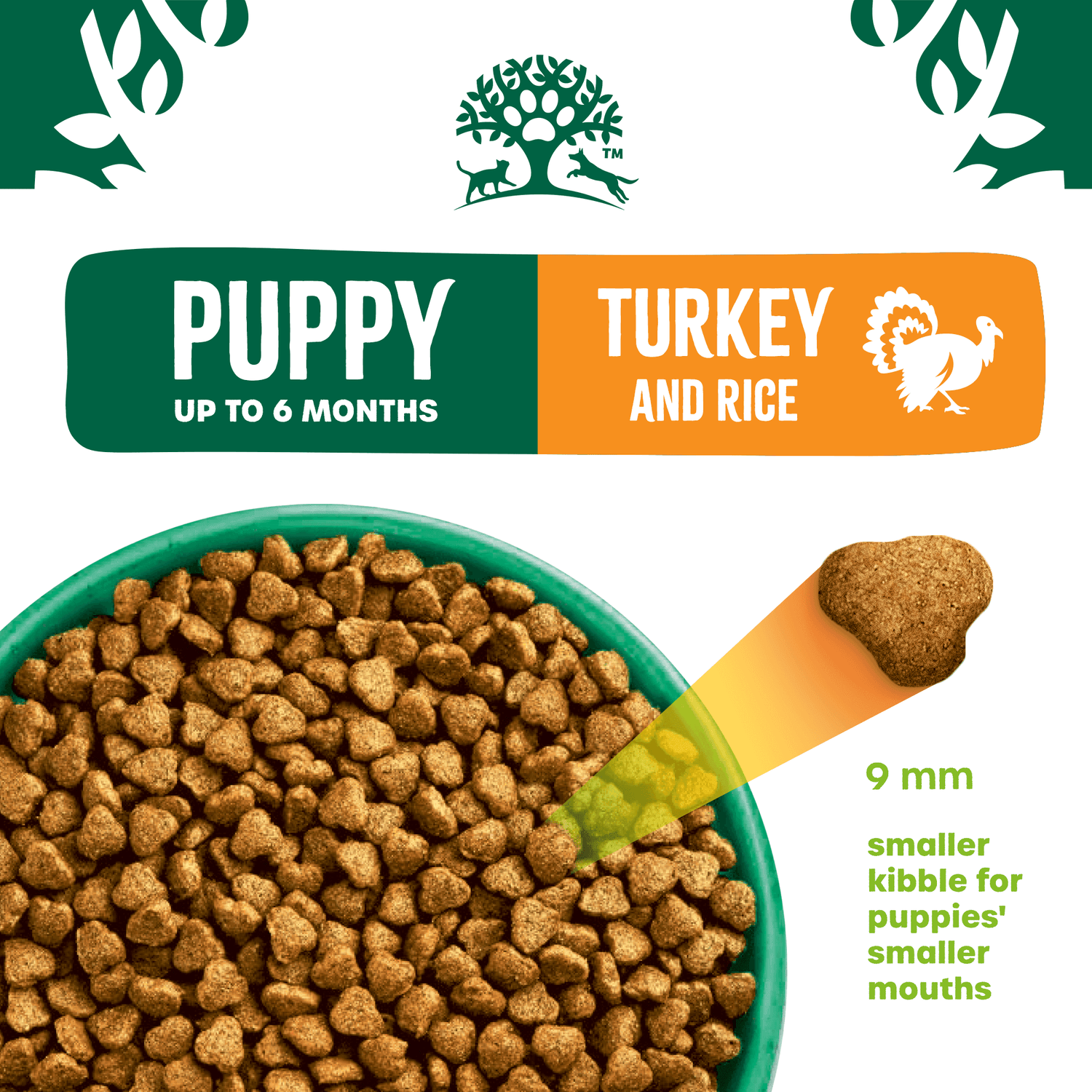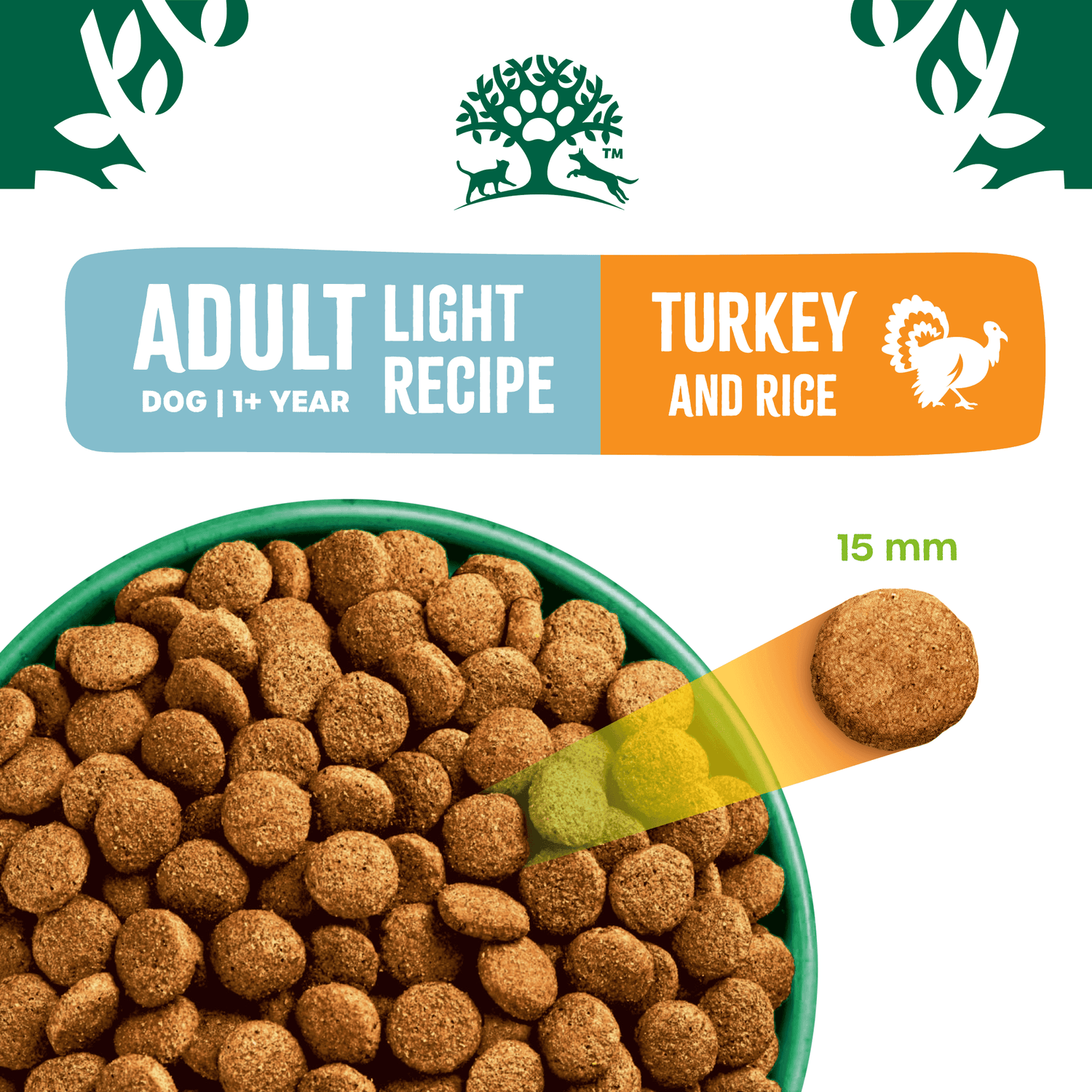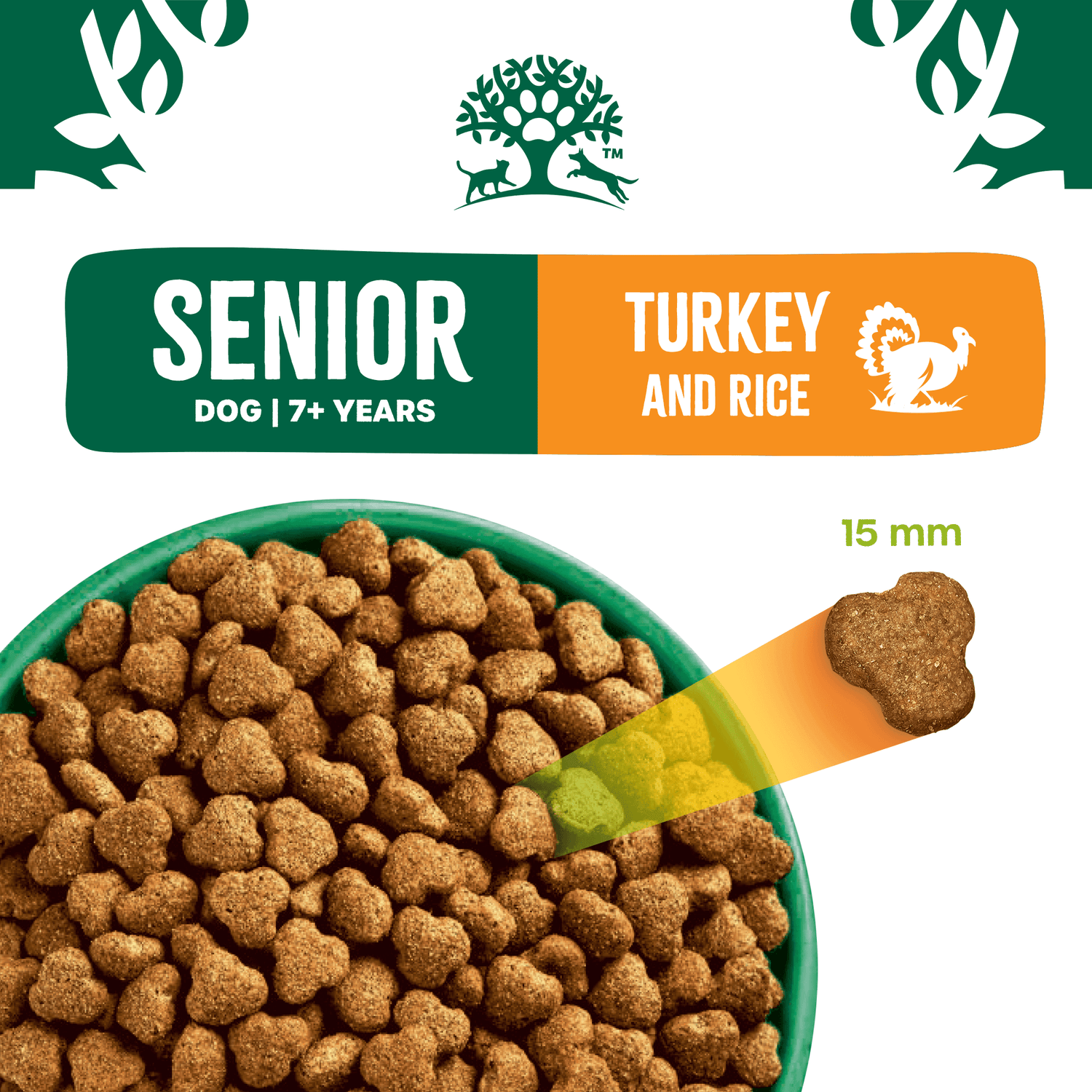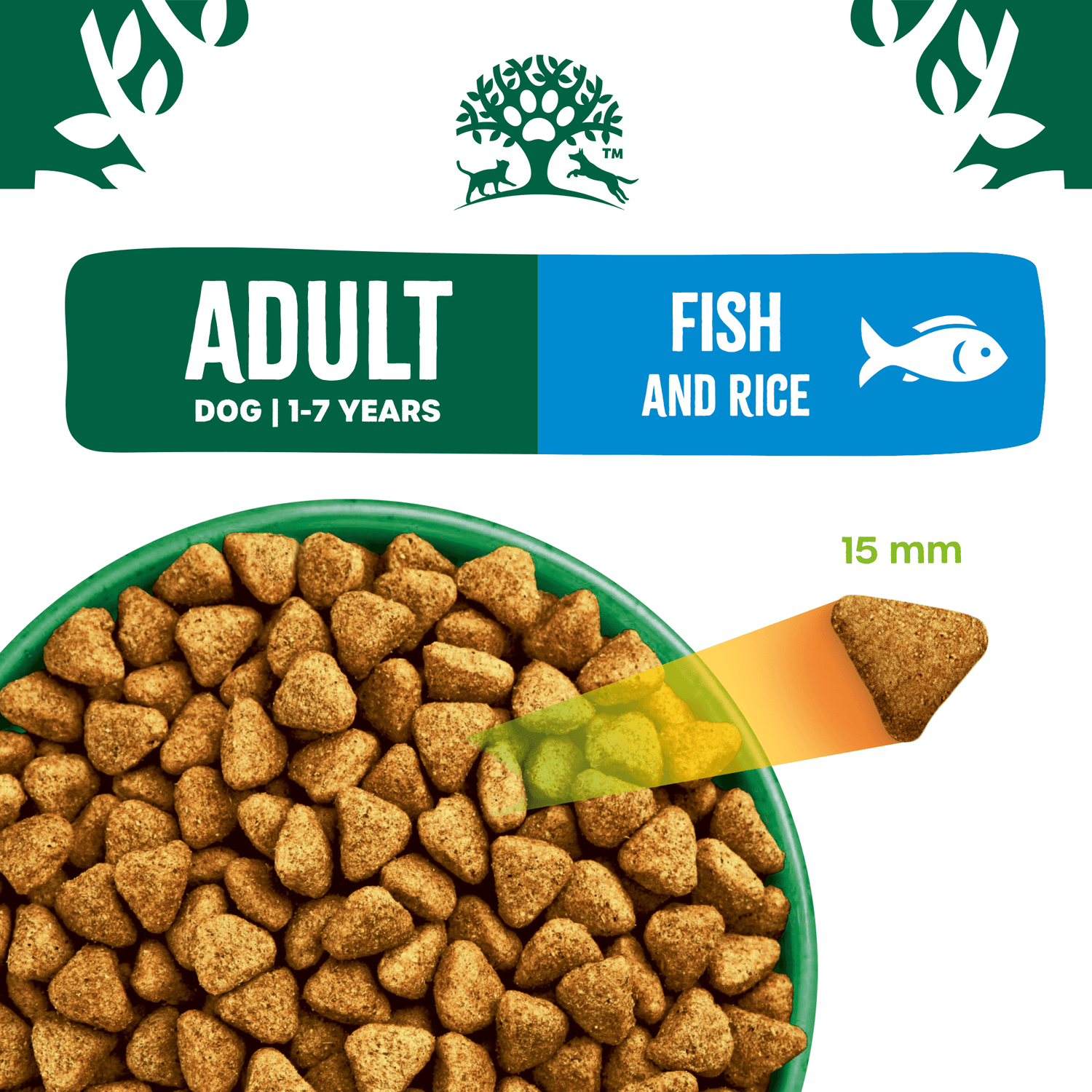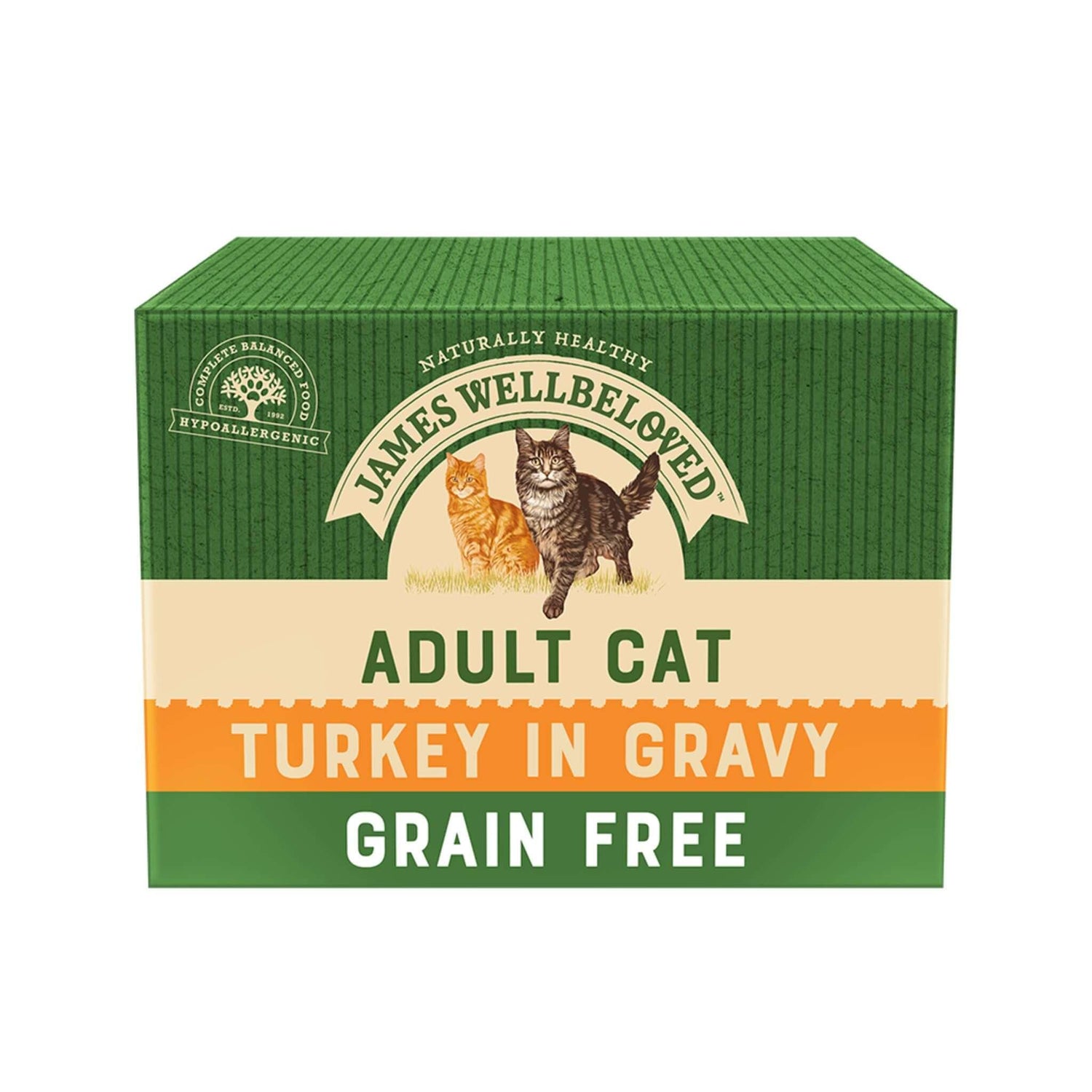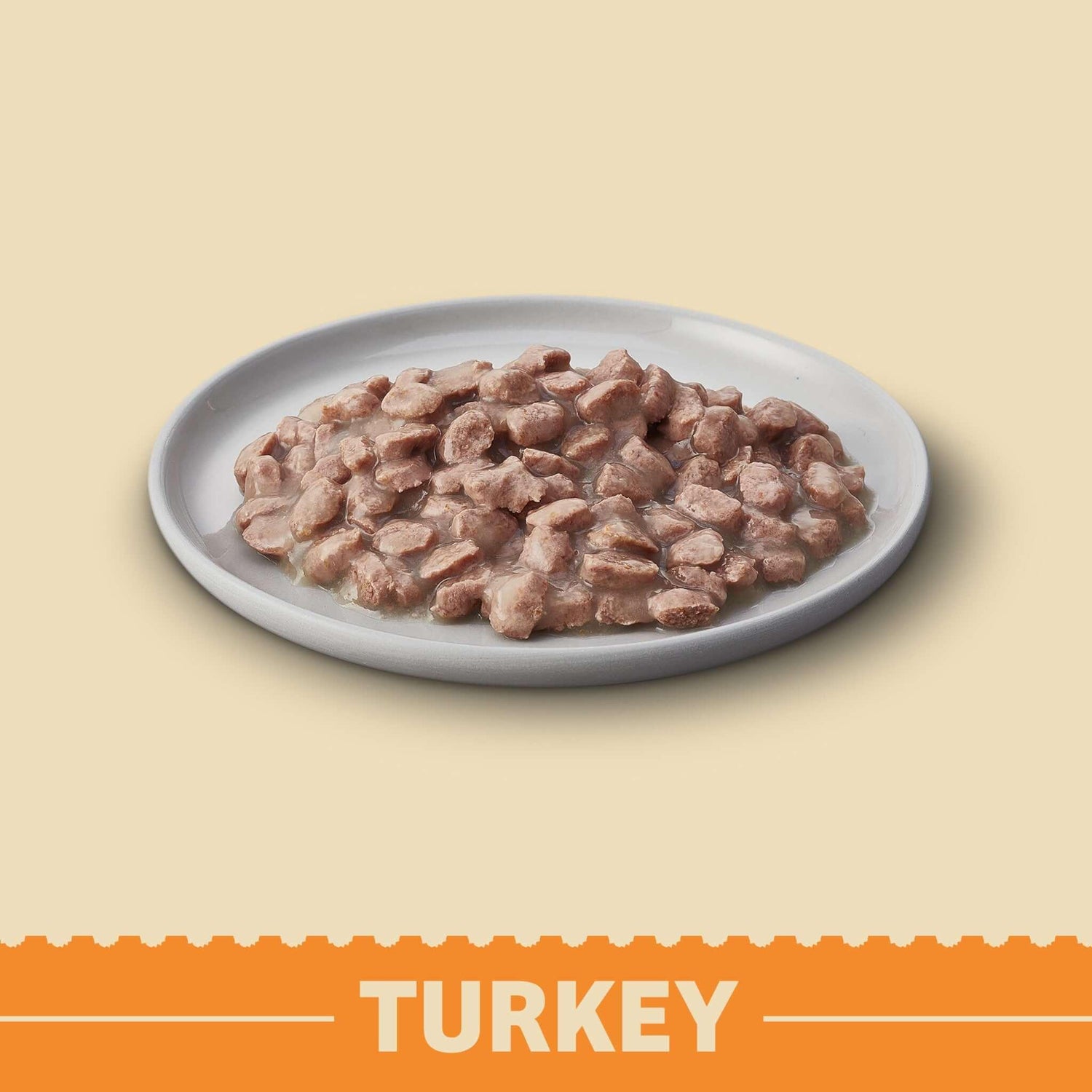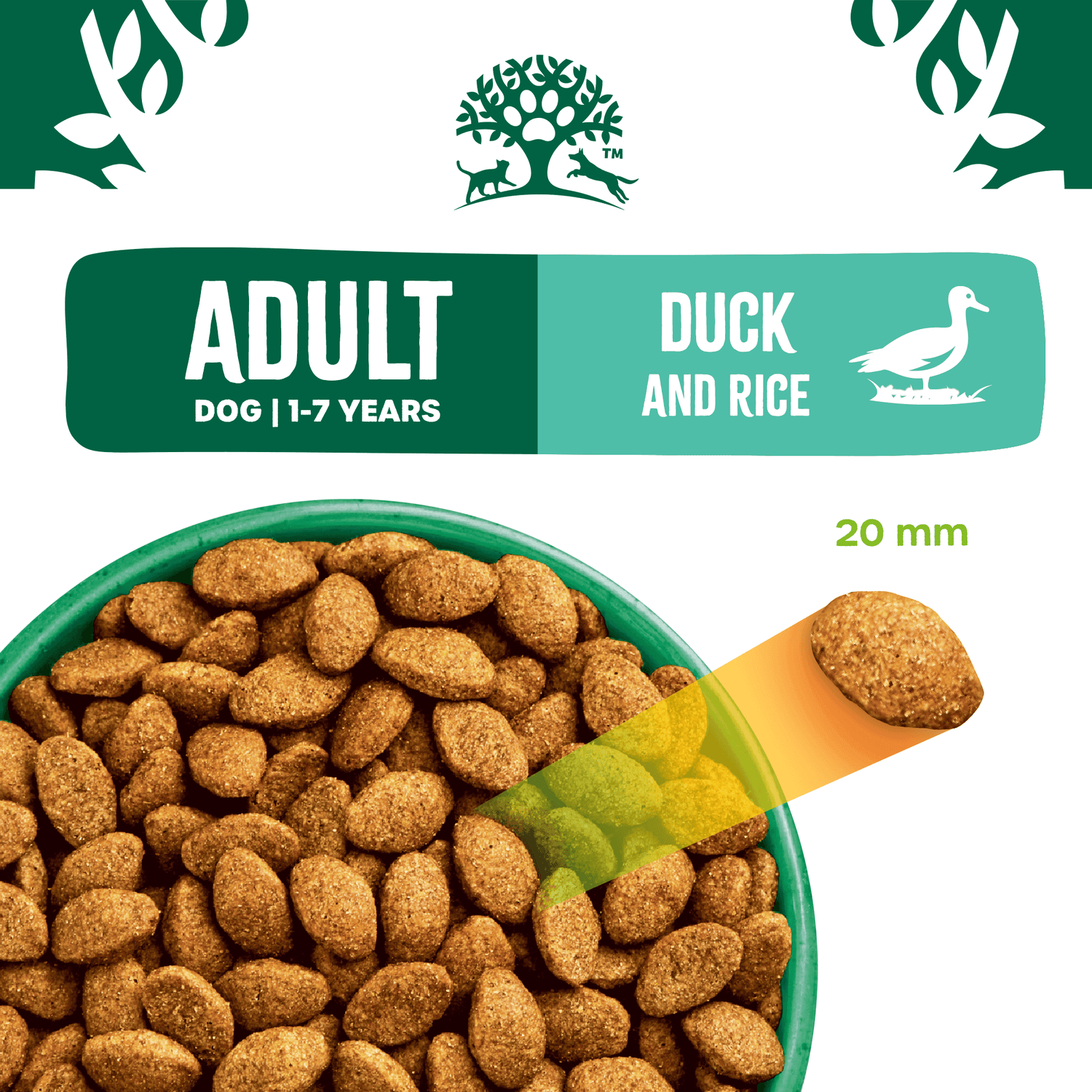Guidance and care tips for cat and dog disabilities
Like humans, our pets are unique, each with their own special set of needs. However, dog and cat disabilities are often an underdiscussed topic, leaving many owners ill-informed about potential conditions and using rumours as their only guide. The stigma that humans place on disability means owners are often more distressed than animals by it. Nevertheless, animals with a disability will often lead a full and happy life, with a just a few adjustments to their care.
In this post, James Wellbeloved will be providing guidance and care tips on some conditions that you should look out for, as well as dispelling tales about cat and dog disabilities.
PETS WITH MOBILITY DIFFICULTIES
Animals can suffer with mobility issues, such as joint pain or a missing limb. This can be present at birth or acquired through injury. Pets are particularly at risk of developing mobility issues as they age.
As an owner, you will need to consider how to ease any pain that may come from their disability. You can help to relieve this with the advice of a vet, who can provide guidance on medication and nutritional changes, as well as chiropractic assistance.
A pet with mobility issues will also sometimes require assistance to move and use the toilet. You should consult a vet about this too; they will be able to recommend devices, such as slings for you to carry them in or wagons to help them walk themselves.
Mobility issues also reduce a pet’s ability push themselves upwards, making climbing stairs or getting into the back of a car more difficult. If they are too large for you to lift, you will need to consider a ramp to enable your pet to get into the car. Similarly, you must consider how they will navigate the stairs in your home – fitting anti-slip stair treads can make it much easier for your pet.
CARING FOR A DEAF PET
Animals can either be born with or acquire deafness. This is considered a hidden disability, as it is not necessarily obvious when looking at or interacting with them. Deafness does not mean that your cat or dog can’t live a long and happy life, but they will require a different care approach than an animal with full hearing.
If your cat or dog is deaf, you will need to learn to communicate using hand gestures; likewise, you will need to use sounds to communicate with a blind pet. You need to ensure your and signals are clear and consistent each time you use them. It’s a good idea to attend training classes for these specialised communication methods, especially when first starting.
As an owner, you also must consider the safety of a deaf pet. Hearing can help animals to identify dangers before seeing them. Deaf animals therefore face additional dangers from hazards such as fast-moving cars. Therefore, you should keep your dog on a leash or within a fenced environment, to protect them from these risks.

CARING FOR A BLIND PET
Another hidden disability, animals can either be born with blindness or develop it over the course of their life. If your dog or cat develops blindness, it can be distressing for an owner. However, remember that your pet will quiet quickly learn to use their smell and hearing to compensate for their lost vision and will be able to continue living a full life.
Blind dogs will usually require more supervision than cats. For example, blind cats can navigate stairs alone, but dogs won’t be able to safely. It can be helpful to set aside an area in the house as their ‘safe zone’, in which they can feel relaxed and comfortable. Help your dog become more familiar with your wider home by guiding them around it regularly.
While they may be able to navigate more easily than dogs, blind cats ought not to be let out of the house alone. Allowing them to wander, as many seeing cats do, can be dangerous as they have less ability to recognise hazards. If your cat does spend time outside, you should supervise and consider even using a harness or lead.
With both blind and deaf dogs and cats, you should ensure their collar explains their disability, for example “Rex is blind…” This means that, if your pet is ever lost, a stranger finding them will be able to identify their disability more swiftly.
ANTHROPOMORHISM AND DISABILITIES
Anthropomorphism is when people attribute human characteristics to animals. Viewing their pet as a person and member of the family means many people do this, including with disabilities.
Assertions that a cat or dog has a human disability or Down syndrome are not uncommon, basing this generally on their pet’s behaviour or appearance. Similarly, autism in cats and dogs is suspected by some owners, due to their pet’s behaviour. Despite this, dog and cat Down syndrome and autism are both not recognised as real or possible.
Autism is a spectrum of personality disorders and Down syndrome is when you are born with an extra chromosome. While it is certainly possible for cats and dogs to be born with additional chromosomes, scientists agree that applying medical terms about humans to animals is wrong. Doing so means failing to appreciate the vast differences between species and undervalues the experience of people with Down syndrome or autism.
So, there we have James Wellbeloved’ s guide to animal disabilities. If your dog or cat has any of these conditions, remember that they generally care less than you. Humans stigmatise disability, but animals don’t. As long as you’re giving your pet the care they need, you’ll have a long and happy life together.


